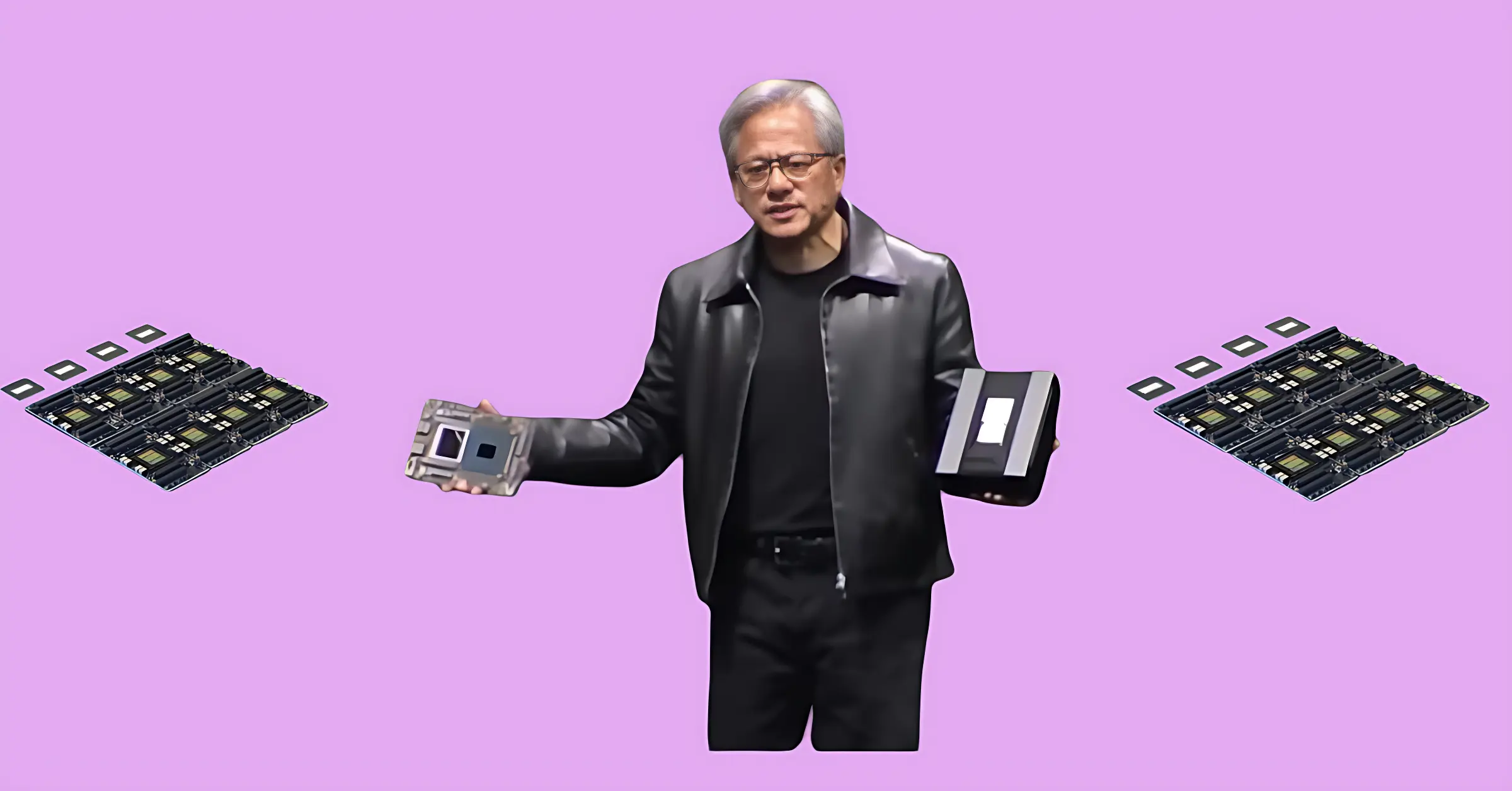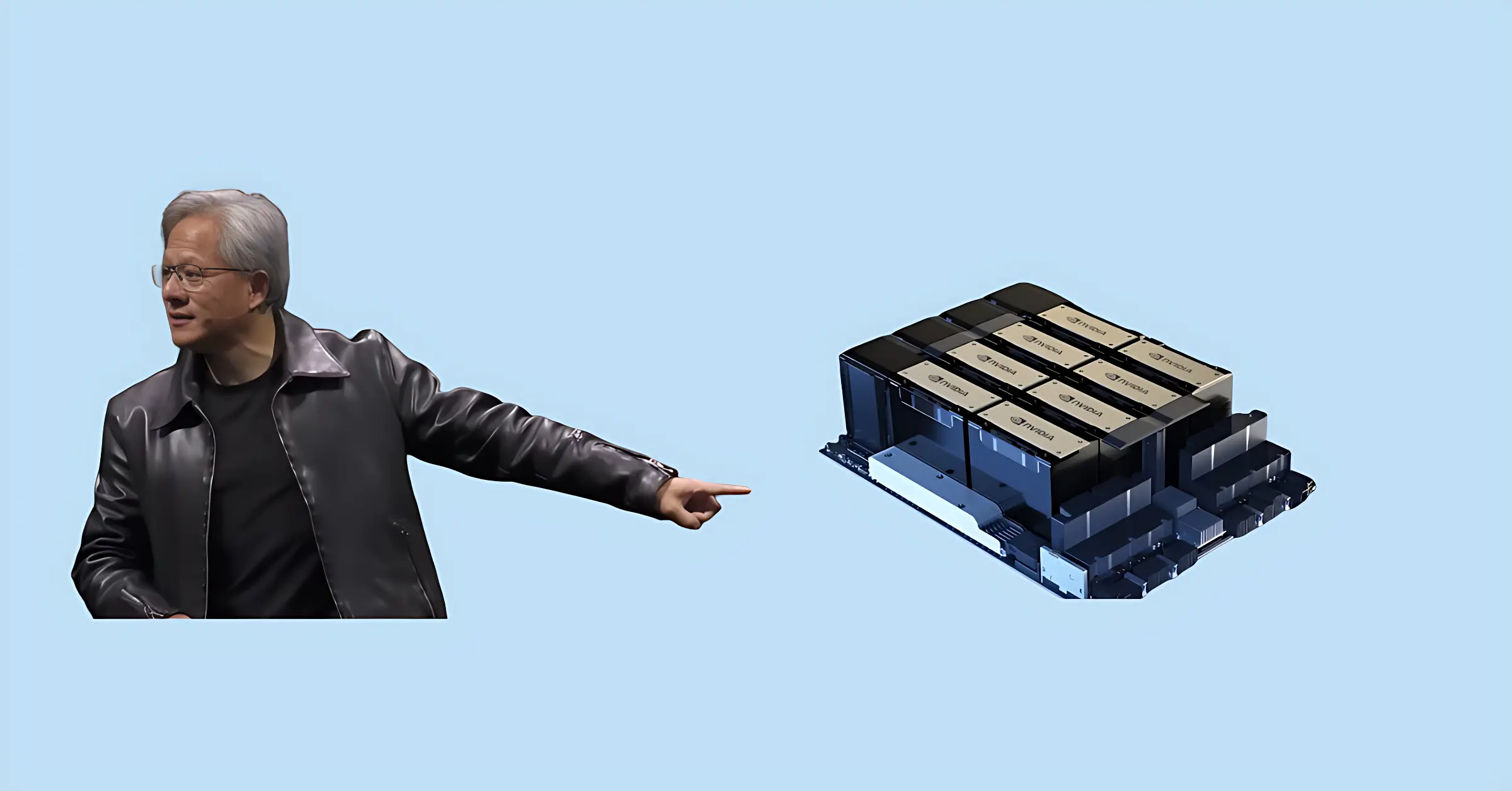NVIDIA and South Korea Join Forces
In an unprecedented partnership that could redefine South Korea’s tech landscape, NVIDIA, the South Korean government, and many of the country’s top industrial giants, including Samsung, Hyundai, SK Group, and NAVER, are coming together to build one of the world’s most powerful AI infrastructures. The initiative, announced alongside the APEC summit, will add more than 260,000 NVIDIA GPUs to Korea’s sovereign cloud systems, industrial AI factories, and research institutes.
The move represents a major step toward establishing South Korea as a global power in artificial intelligence, supercomputing, and next-generation manufacturing. The country’s Ministry of Science and ICT (MSIT) is leading the public-private collaboration, which aims to strengthen Korea’s AI sovereignty and expand its economic and technological influence around the world.
The Korean government plans to deploy more than 50,000 of NVIDIA’s most advanced GPUs in the National AI Computing Center and major local cloud providers, including NHN Cloud, Kakao Corp., and NAVER Cloud. These systems will power the country’s “sovereign AI” infrastructure—designed to ensure that Korean companies and researchers have free access to cutting-edge computing power for AI model training, data analysis, and robotics innovation.
Meanwhile, Samsung Electronics is building about 50,000 NVIDIA GPUs in what it calls an “AI factory.” The factory will accelerate Samsung’s digital transformation, semiconductor production, and development of AI-powered products and services. SK Group, another leading conglomerate, will also be matching its AI factory with over 50,000 GPUs as well as Asia’s first industrial AI cloud powered by NVIDIA RTX Pro 6000 Blackwell Server Edition GPUs. The system will focus on physical AI applications, including robotics, digital twins, and automated manufacturing.
Hyundai Motor Group is also learning more about AI. By partnering with NVIDIA and the Korean government, Hyundai is building an AI factory equipped with 50,000 NVIDIA Blackwell GPUs. The goal: to create an integrated AI system that supports everything from manufacturing to autonomous driving.
NAVER Cloud, Korea’s leading cloud service provider, is expanding its own NVIDIA-powered infrastructure by adding more than 60,000 GPUs. These will support enterprise AI workloads and “physical AI” applications such as robotics, security systems, and industrial automation.
The government’s strategy extends beyond hardware. Public and private institutions—including NAVER Cloud, LG AI Research, SK Telecom, NC AI, and Upstage—are working with NVIDIA to develop Korean-language foundation models and large language models (LLMs). These models will be tailored to Korea’s industries and society, driving innovation in everything from healthcare to finance.
NVIDIA Founder and CEO Jensen Huang praised Korea’s leadership, saying, “Korea’s strength in technology and manufacturing puts it at the center of the AI revolution. Just as the country has produced world-class cars, ships, and semiconductors, it can now export intelligence as a new form of industry that changes the world.”
Bae Kyung-hoon, South Korea’s Deputy Prime Minister and Minister of Science and ICT, echoed that sentiment: “AI has become the foundation of future industries. Expanding our national AI infrastructure with NVIDIA will strengthen Korea’s manufacturing strengths and help us become one of the top three global AI powerhouses.”
The initiative, announced during the APEC summit, is one of the largest coordinated AI investments ever made by a single nation. Korea’s AI infrastructure rollout will start with 13,000 NVIDIA GPUs from partners such as NAVER Cloud, NHN Cloud, and Kakao Corp. and expand to 50,000 units in the coming years. The effort will begin with the creation of the National AI Computing Center of Korea—a hub for startups, research labs, and tech companies to develop and test AI models domestically.
NVIDIA is also collaborating with Korea’s top telecommunications and academic institutions to advance 6G and AI-RAN (AI-powered radio access networks). Partners such as Samsung, SK Telecom, KT, LG U+, and Yonsei University are exploring ways to build intelligent, low-power network systems that can reduce device battery consumption by offloading processing tasks to base stations powered by NVIDIA GPUs.

NVIDIA and South Korea have formed a $3 billion partnership to expand AI computing, strengthen quantum research, and foster next-generation industries, including robotics and autonomous vehicles.
Samsung’s AI Factory will serve as a model for how AI can revolutionize chip manufacturing. The company plans to use NVIDIA technologies such as CUDA-X, cuLitho, Nemotron datasets, and Omniverse to create “digital twins” of semiconductor production lines. These virtual replicas will help engineers simulate and optimize chip manufacturing processes in real time, increasing efficiency and reducing costs. Samsung will also use NVIDIA’s Isaac SIM and Cosmos tools to advance robotics and automation, especially for home and industrial robots.
SK Group’s AI factory will play a similar role in semiconductor research and cloud computing. SK Telecom, part of the group, is preparing to offer sovereign industrial cloud services powered by NVIDIA RTX PRO 6000 Blackwell GPUs. The service will allow startups, manufacturers, and government agencies to create digital twins, robotics systems, and advanced AI applications.
Hyundai Motor Group’s partnership with NVIDIA, valued at approximately $3 billion, will focus on developing AI for mobility, manufacturing, and smart infrastructure. Together, they plan to build a regional AI data hub as well as an NVIDIA AI Technology Center and a Hyundai Physical AI Application Center. These facilities will support model training, testing, and deployment for everything from self-driving cars to industrial robotics.
NAVER Cloud’s expanded 60,000-GPU infrastructure will also play an important role in sovereign AI development. The company plans to host the NVIDIA Nemotron Open Model and develop specialized AI tools for sectors such as shipbuilding, logistics, and national security—aiming to make AI accessible and beneficial to all Koreans.
The Ministry of Science and ICT is additionally partnering with NVIDIA to advance the Sovereign AI Foundation Model Project of Korea. Using NVIDIA NeMo and Nemotron datasets, the project will develop large-scale language models based on local data, allowing Korean enterprises and researchers to create AI agents that understand the Korean context and culture.
LG AI Research is a major player here, working with NVIDIA to strengthen Korea’s “physical AI” ecosystem. Through its EXAONE series of models—which also includes the EXAONE Path designed for health care and cancer diagnosis—LG aims to bring AI into scientific research and medical innovation.
Beyond AI and robotics, Korea is turning its attention to quantum computing. The Korea Institute of Science and Technology Information (KISTI) is partnering with NVIDIA to launch a center of excellence that will support research on HANGANG, the country’s sixth-generation supercomputer. The center will explore new architectures such as NVIDIA’s NVQLink to connect quantum processors with GPUs, enabling advances in quantum error correction and hybrid quantum-AI applications.
KISTI also plans to build foundation models for scientific research using NVIDIA’s open-source PhysicsNemo framework—helping researchers develop “physics-informed” AI systems capable of solving complex real-world problems.
To nurture its startup ecosystem, Korea is teaming up with NVIDIA to form a new alliance under the NVIDIA Inception program. The initiative will provide Korean startups access to GPU computing power from local cloud providers such as SK Telecom, as well as mentorship and investment from NVIDIA’s venture capital partners, including IMM Investment and Korea Investment Partners. Startups will receive software tools, development support, and business connections to accelerate their growth in AI and high-performance computing.
Raymond Teoh, NVIDIA’s senior vice president for Asia-Pacific, emphasized the importance of the collaboration: “We are working closely with the Korean government to support its ambitious plans in AI. Together, we are building an ecosystem that will redefine industries and create new economic opportunities.”
Samsung’s participation is particularly noteworthy. The company confirmed that it will use a cluster of 50,000 NVIDIA GPUs to create an “AI megafactory.” The facility will focus on chipmaking automation, robotics, and AI model training. Samsung said it will also collaborate with NVIDIA to enhance its next-generation HBM (High Bandwidth Memory) technology—which is critical to powering AI systems—by optimizing it for NVIDIA’s GPUs.
NVIDIA representatives noted that integrating Samsung’s chipmaking platform with NVIDIA GPUs will increase performance by up to 20 times. In return, Samsung plans to use NVIDIA’s Omniverse simulation platform to streamline its manufacturing and AI development pipelines.
As a supplier, customer, and partner, Samsung plays an important role in NVIDIA’s global operations. It manufactures most of the high-performance memory used in NVIDIA’s AI chips, and now, it is deepening that relationship to co-develop HBM4 memory optimized for AI workloads.
Jensen Huang’s visit to South Korea earlier this week underlined the importance of the partnership. Washington, DC. Following his speech, Huang was seen sharing drinks with Samsung Chairman Lee Jae-yong and other Korean executives—a symbolic gesture reflecting the close ties between NVIDIA and Korea’s industrial elite.
With more than 260,000 GPUs deployed across government, enterprises, and research institutions, this collaboration is one of the largest AI expansions in Asia’s history. It promises not only to strengthen Korea’s competitiveness but also to create thousands of jobs, advance robotics and automation, and put the country at the forefront of the global AI revolution.
In Huang’s words, “Korea has built the world’s most sophisticated physical factories. Now, it will build factories of intelligence—which will create knowledge, innovation, and opportunity for generations to come.”

